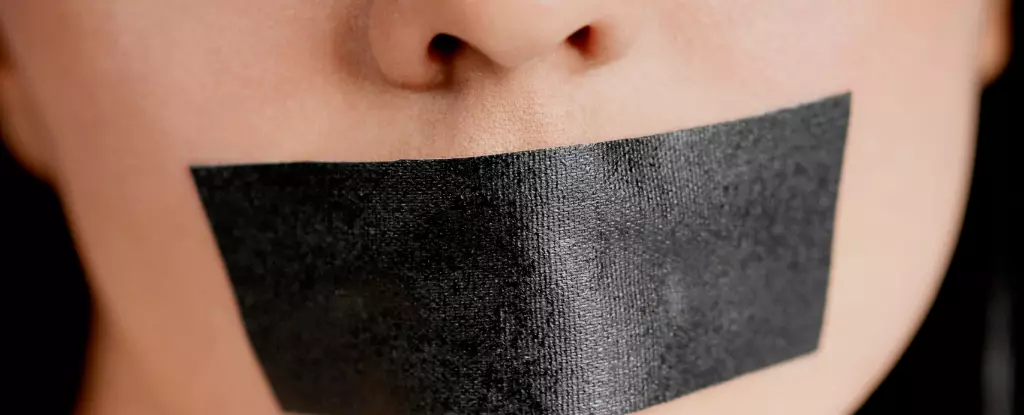Sleep apnea is a condition characterized by intermittent pauses in breathing during sleep, significantly contributing to serious health issues like heart disease and strokes. Despite well-documented methods for improving diet and increasing physical activity, strategies for managing sleep apnea remain less straightforward. As millions grapple with this debilitating disorder, alternative approaches are being explored. Among these, mouth taping has garnered attention, yet its efficacy and safety are under scrutiny.
Traditional treatments for sleep apnea include continuous positive airway pressure (CPAP) machines and mandibular advancement devices (MADs). CPAP machines have been considered the gold standard for over four decades, ensuring continuous airflow through a mask. However, statistics reveal a disheartening trend, with nearly 50% of patients ceasing use within three years due to discomfort and inconvenience. On the other hand, MADs, while more user-friendly, do present their own challenges. Users report discomfort, dry mouth, and even potential alterations to dental alignment. These factors render both solutions less than ideal for a significant portion of the population, propelling the demand for alternatives.
In recent years, advocates of mouth taping have proposed this less invasive method to control sleep apnea symptoms. By sealing the mouth shut during sleep, one forces nasal breathing, which theoretically might reduce the incidence of airway blockages. Proponents suggest using breathable medical tape to ensure safety and comfort; however, a sobering examination of existing studies and anecdotal evidence raises questions about the effectiveness and safety of this technique.
Despite a small body of research indicating a potential increase in airflow for some users, more comprehensive studies are needed. Some research suggests that while nasal breathing may benefit certain individuals, others experience heightened airway resistance, leading to worsened symptoms. The unpredictable nature of mouth taping highlights the critical need for personalized approaches to sleep apnea treatment, as a universal solution does not exist.
One of the notable pitfalls of mouth taping is “mouth puffing,” where individuals unintentionally exhale through the sides of their mouth, which can disrupt the intended benefits of the practice. This phenomenon can cause fluctuations in oxygen and carbon dioxide levels in the body, risking the potential for respiratory distress. Furthermore, concerns about skin irritation and potential infections are valid for individuals attempting this method. The area surrounding the mouth is especially sensitive, and prolonged contact with adhesive tape can lead to dermatitis or folliculitis, exacerbating discomfort.
The risks associated with mouth taping extend beyond mere discomfort. Individuals with underlying respiratory issues face increased dangers if they opt for this method. Taping the mouth shut can diminish airflow, which is particularly perilous for those already struggling with breathing difficulties. Situations where gastric distress occurs, such as after consuming alcohol or in cases of gastrointestinal infections, could result in choking hazards. An unfortunate incident of aspiration from vomit could lead to severe complications like aspiration pneumonia and, in extreme cases, death.
Moreover, the urge to find non-invasive remedies can cloud judgment regarding sleep apnea management. Focusing solely on mouth taping as a solution diverts attention from obtaining professional medical advice and comprehensive treatment, which may involve lifestyle modifications, consistent monitoring, or effective use of established devices tailored to individual needs.
In light of the information surrounding mouth taping as an alternative for sleep apnea, one must approach this technique with caution. While the quest for practical and less cumbersome solutions to sleep apnea may seem attractive, it is paramount to weigh the potential risks against the benefits. The best course of action is to consult healthcare professionals about proven treatments and routine management options. Emphasizing informed decision-making and cautious optimism for new methods can lead to healthier outcomes for individuals battling sleep apnea and can ultimately cultivate a safer environment for those affected by this serious condition.

